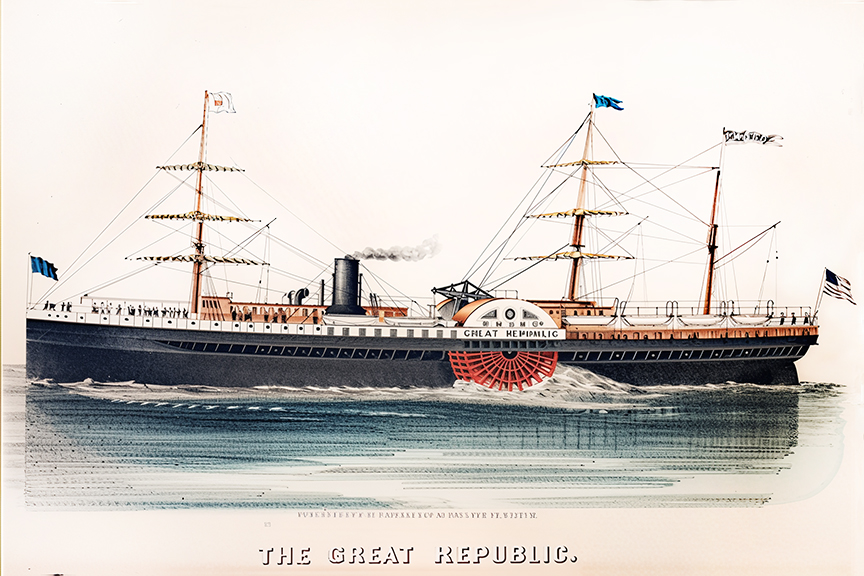In One Ear: Navigational blunder
Published 5:11 pm Thursday, May 15, 2025
A nugget from The Daily Astorian, May 16, 1879:
• In consequence of bad weather, progress of work at Sand Island has been very slow and tedious, but the wrecking company still has a large force of workmen employed, and will be saving iron and machinery for three months yet, at least …
Note: The men were salvaging the wreckage of the Great Republic, a sidewheel steamer that provided cargo and passenger service along the Pacific Coast.
According to the Annual Report of the U.S. Life Saving Service, on the night of April 19, 1879, the sea was calm as the vessel, bound for Portland, crossed the Columbia River Bar uneventfully, and headed upriver with a crew of 94, including the captain, and 579 passengers.
The river was also calm. “The disaster appears to have been occasioned by an error of navigation on the part of the pilot,” the report says. Indeed, as they ran hard aground on Sand Island, near Cape Disappointment.
It was “confidently expected” the vessel would refloat at the next high tide, and the captain did not initially signal for assistance. The next morning, tugs began removing passengers, crew members and baggage, which continued until nightfall, when the weather started turning ugly, and the ship started breaking up.
One of the last boats to leave, containing 17 crew members, overturned, and 14 drowned. Even so, the effort to save baggage continued as the ship progressively fell apart. The last to leave were the captain, pilot, and one other person, in a lifeboat. The ship was a total loss.






